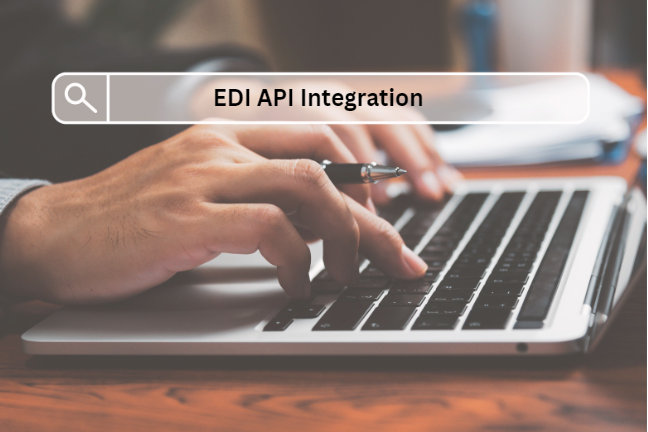In recent years, the debate about whether to replace Electronic Data Interchange (EDI) with Application Programming Interfaces (APIs) for business-to-business (B2B) communication has grown. However, as businesses look for more efficient ways to manage their data exchanges, many now use EDI and APIs together. This approach leverages the reliability and structure of EDI alongside the flexibility and real-time capabilities of APIs, creating a more adaptable and efficient digital framework.

Here’s how these technologies complement each other in modern business communication:
EDI: The Backbone of B2B Communications:
EDI is crucial for B2B communications, offering a standardized way to exchange documents such as purchase orders and invoices. Its structured format ensures accuracy, consistency, and security, supporting compliance and simplifying the handling of large data volumes. This stability makes EDI vital for businesses with extensive supply chains.
Agile and Flexible: The Advantages of APIs:
In contrast to EDI, APIs offer a more dynamic approach to data exchange. They facilitate real-time communication between various software applications, making them perfect for tasks that demand instant data retrieval and updates. With their real-time capabilities, APIs facilitate direct system integrations between EDI systems and Enterprise Resource Planning (ERP) systems, enhancing the automation and flow of data across an organization. This capability is crucial for businesses that must rapidly adapt to new market conditions or integrate innovative technologies without overhauling their infrastructure.
Complementary Use Cases
The integration of EDI and APIs presents a strategy where the stability and security of EDI systems coexist with the speed and flexibility of APIs. This hybrid model is particularly effective in scenarios such as:
High Volume Transactions: EDI is effective for efficiently processing large volumes of standardized transactions, which is essential for routine business operations requiring consistency and compliance with specific formats. APIs complement this by offering the flexibility to perform quick, real-time operations, such as updating order details or checking inventory levels, which are crucial for responsive business practices. This division of labor allows organizations to optimize their workflows, leveraging EDI for bulk transaction handling and APIs for dynamic, immediate tasks.
Customization and Scalability: EDI allows for some tailored configurations within established guidelines. However, making adjustments can often be complex due to the need for consensus among all parties involved. This process tends to be slower and less flexible. APIs provide greater flexibility and customization, allowing businesses to adapt their data exchange to specific needs and integrate swiftly with new technologies. This adaptability is key for companies aiming to expand or innovate quickly.
Enhanced Visibility and Control: APIs enhance EDI systems by enabling real-time data updates and detailed monitoring of each transaction. This capability allows businesses to see and manage their data flows in real-time, providing a clear view of all activities as they happen and greater control over operations. This immediate insight and oversight improve responsiveness and decision-making, directly enhancing operational visibility and control.
Compliance and Security: EDI is essential for ensuring standardized, secure data exchanges across various industries, helping businesses comply with regulatory requirements. Meanwhile, APIs enhance these capabilities by allowing real-time, flexible interactions between different systems. Together, they provide a robust framework for managing routine and dynamic business transactions efficiently and securely. This dual approach is particularly beneficial in sectors where compliance and agility are crucial.
Conclusion
Integrating EDI and APIs allows companies to maintain the compliance and reliability of their traditional EDI systems while also embracing the adaptability and speed offered by modern APIs. This strategic approach ensures that businesses are equipped to handle the diverse demands of today’s digital landscape and prepared for future challenges and innovations in B2B communication. This synergy supports a more resilient infrastructure, enabling businesses to grow and differentiate themselves in a competitive market environment.
Not sure where to begin? Contact us to learn how we customize APIs while still managing your EDI.

